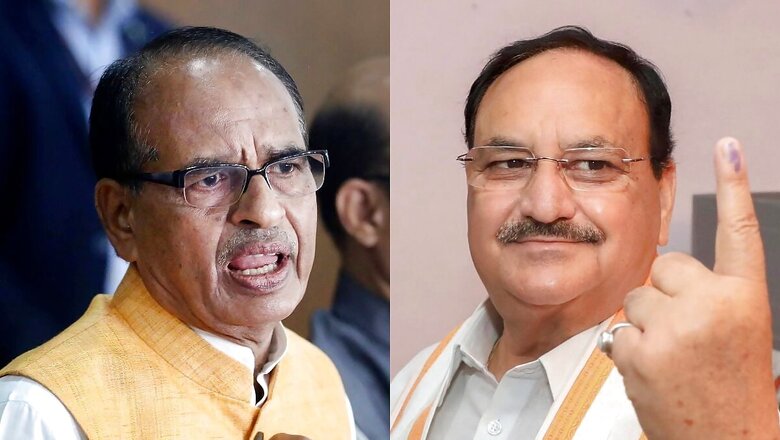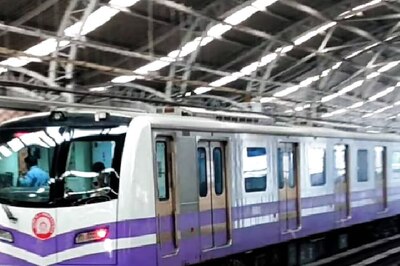
views
Former Madhya Pradesh chief minister Shivraj Singh Chouhan now has the task of managing the two key ministries – agriculture and rural development – that directly impact a vast population of India and a major focus area for reforms. JP Nadda, whose term as BJP national president ends this month, is back in the central government with the same portfolio of health and family welfare ministry, which he held in the first cabinet led by Narendra Modi. Besides Chouhan, another former CM made an entry into the cabinet as senior BJP leader from Haryana, Manohar Lal Khattar, was allocated housing and urban affairs, as well as power ministries.
As for the big four ministries – Home with Amit Shah, Defence with Rajnath Singh, Finance with Nirmala Sitharaman and External Affairs with S Jaishankar – the prime minister has chosen to stay with the incumbents, apparently signalling that nothing much has changed in the Modi 3.0 government.
Among the NDA allies in the Union Cabinet are two former chief ministers — JD(S) leader HD Kumaraswamy, who got the plum portfolio of steel and heavy industries, and HAM(S) chief Jitan Ram Manjhi, who has MSME ministry. Representing Nitish Kumar’s JD(U) is party loyalist Rajiv Ranjan Singh, better known as Lalan Singh, with panchayati raj as well as fisheries, animal husbandry and dairy. Younger leaders like Chirag Paswan of the LJP (Ram Vilas) bagged food processing, while the TDP’s K Ram Mohan Naidu will now lead civil aviation.
President Droupadi Murmu directed the allocation of portfolios to 72 members of the Union Council of Ministers, including the prime minister, as advised by Modi, according to an official statement.
New faces from BJP, big guns retain key ministries
There are also some new faces from the BJP that have replaced old ones in important ministries like CR Patil, who got jal shakti ministry replacing Gajendra Singh Shekhawat, who will be the new culture and tourism minister. Annpurna Devi will take over from senior party leader Smriti Irani as the new women and child development minister, while Jual Oram from Odisha will be tribal affairs minister.
Credited with boosting the highway network across the country, Nitin Gadkari returns to the road transport and highways ministry. Known to be the rising star in the government, Ashwini Vaishnaw, who was in charge of crucial railways and electronics and information technology ministries, has not only retained these portfolios but has also been given the important information and broadcasting ministry.
Dharmendra Pradhan and Piyush Goyal will also continue to be in charge of the education, and commerce and industry ministries. Hardeep Singh Puri has retained the petroleum and natural gas ministry but has shed the housing and urban affairs ministry, which has now gone to Khattar.
Kiren Rijiju was moved from earth sciences to the parliamentary affairs, while Arjun Ram Meghwal will continue as law minister and another former CM, Sarbananda Sonowal, has retained the shipping portfolio. Bhupender Yadav has also retained the environment ministry along with Virendra Kumar for social justice and empowerment.
Pralhad Joshi, who earlier held coal and mines as well as parliamentary affairs, has been made in charge of consumer affairs, food and public distribution, and new and renewable energy ministries. G Kishan Reddy, meanwhile, has been handed over the coal and mines ministry.
Giriraj Singh was moved from the rural development and panchayati raj ministries to textiles. Former aviation minister Jyotiraditya Scinda is now in charge of communications, and development of northeastern region ministries.
Earlier, Modi held the first cabinet meeting after his government was sworn in on Sunday (June 9) and told his ministerial colleagues that most of them will continue to handle their existing responsibilities. The allocation of portfolios underlined his faith in his colleagues, especially those handling the frontline ministries, which shaped and drove the government’s policies and programmes.
(With PTI inputs)

















Comments
0 comment